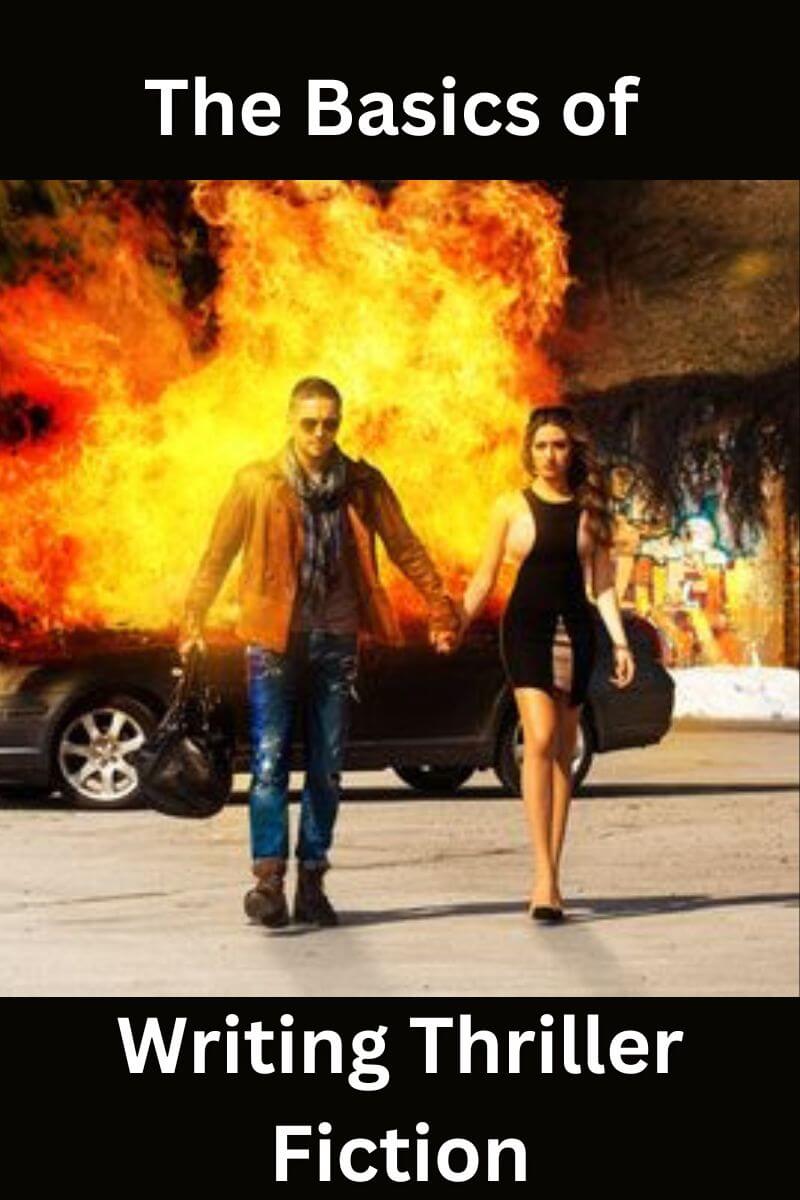Three main characters, only one perspective
by Someone
(Somewhere)
Question: I have a great idea for my book.
The idea is that there is going to be three main characters, but I only want to see the perspective of one of them, because the other two knows things that would ruin the story if it came out to early.
I want to show it all from the one dude's perspective, but I still want you to care about the other two like second and third main characters.
This is very important for the ending of the book.
The thing is, I don't know how to do that. Something troubling me even more is that the character you will see the story perspective from, is going to hate one of the other two characters.
Do you have any tips on how to make the reader connect and like/hate all three characters, even though they only will see the mind of one of them?
Answer: I think it's a matter of what evidence you present to the reader. What does the main character see the others doing or hear them saying? What does he learn about them from other characters? Let the evidence establish that these characters are sympathetic, admirable, or charming.
While your main character may have opinions about the others, readers are capable of recognizing that the main character has biases, misinterprets certain events, or perhaps downplays evidence in someone else's favour. But as long as the
This is particularly true if you take pains to show that the main character is occasionally wrong about people.
The experience for the reader is similar to having someone spin a tale to you about how great they are and how bad someone else is. Meanwhile, as you listen you find yourself thinking that the other person's actions seem perfectly reasonable and the guy who's talking to you is somewhat full of it.
The challenge is how subtly you can weave the evidence in. If it is very obvious that the main character is misjudging someone, then he may come across as somewhat thick or naive. The reader may be shaking their head at the main character, wondering when he will smarten up.
A more subtle approach is one in which the truth is only clear in hindsight, so the reader and main character have the same experience of misjudging a character and realizing their mistake much later. To achieve this effect, some of the evidence may need to be more ambiguous at first, so that the reader is more inclined to give the main character the benefit of the doubt. Eventually, the pieces of the puzzle will come together in a way that shows the truth.
Best of luck.
- Home
- Plot Questions
- Three main characters, only one perspective











